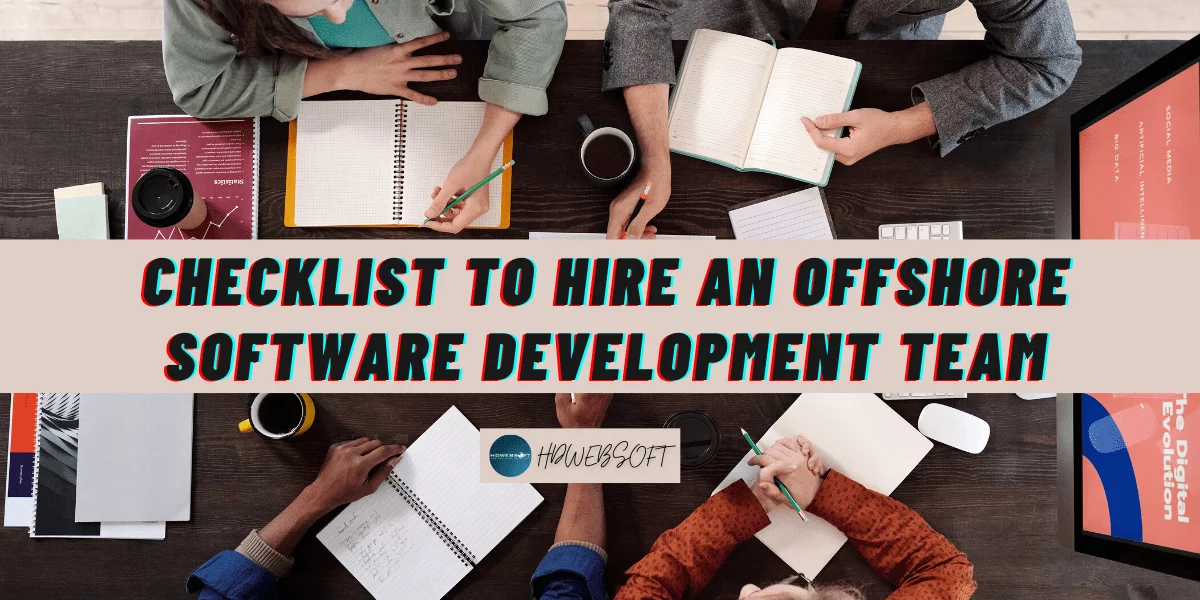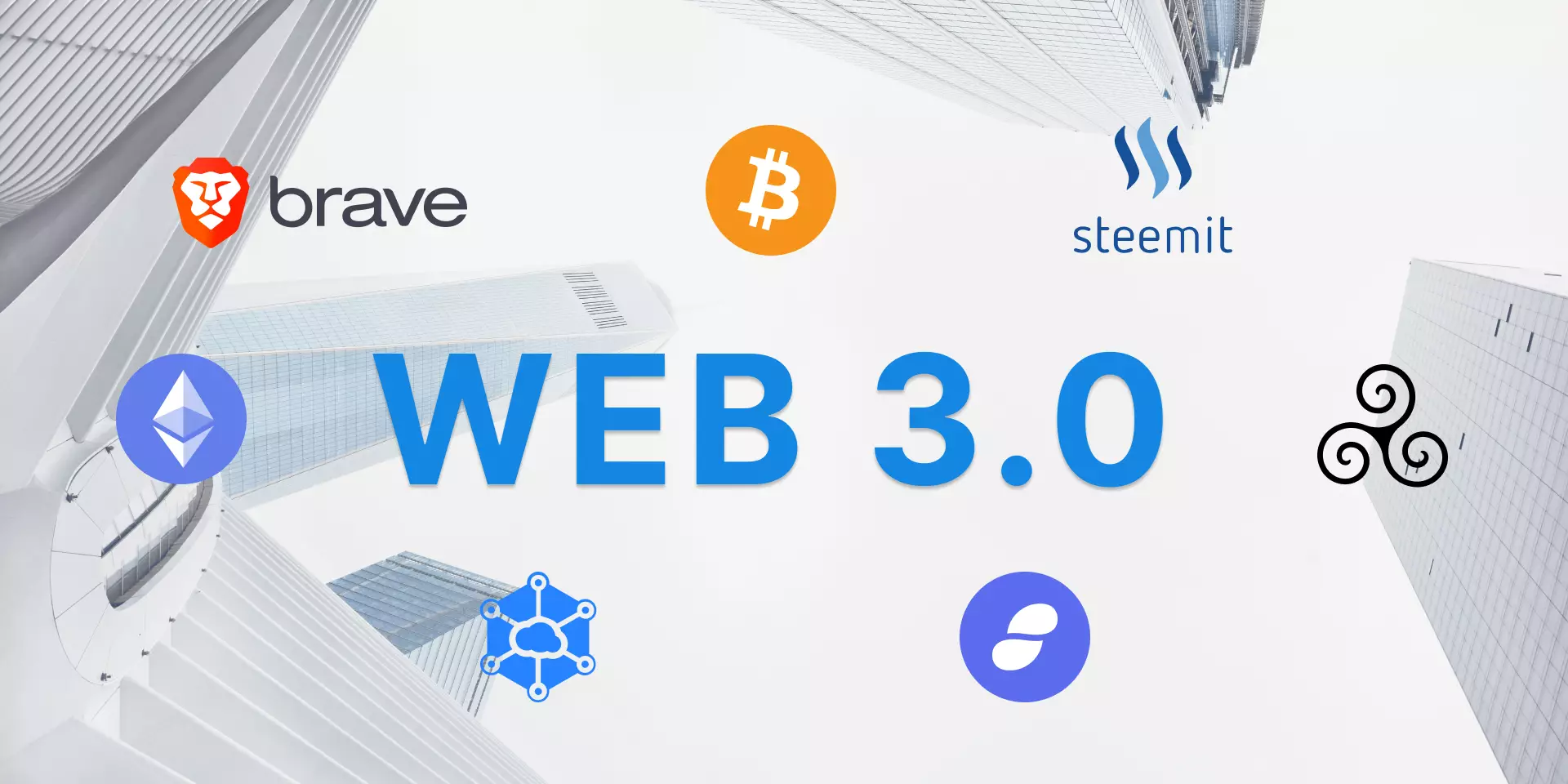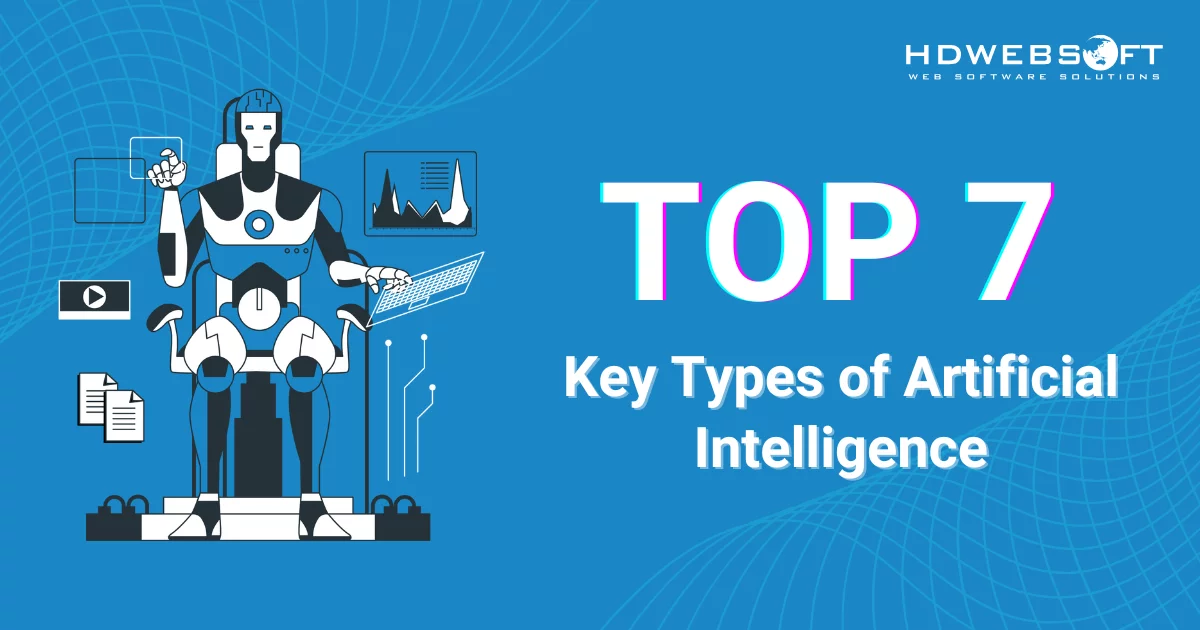
Top 10 Use Cases of Generative AI in Education
Generative AI in education is transforming how students learn, teachers teach, and institutions operate. This cutting-edge technology is revolutionizing traditional methods, thus making education more accessible than ever before. Its rapid adoption is a testament to its potential to reshape the educational landscape.
In this blog, we’ll explore what generative AI in education means, its benefits, and its most impactful use cases. We’ll also examine the challenges it brings, including concerns around plagiarism and ethical considerations. Finally, we’ll look at what the future holds for generative AI in transforming education.
- 1) What is Generative AI in Education?
- 2) Benefits of Generative AI in Education
- 3) 10 GenAI Use Cases in Education
- 3.1) Personalized Lessons
- 3.2) Course Design
- 3.3) Content Creation for Courses
- 3.4) Data Privacy Protection for Analytical Models
- 3.5) Restoring Old Learning Materials
- 3.6) Virtual Tutoring
- 3.7) Automated Content Creation
- 3.8) Enhancing Soft Skills
- 3.9) Language Learning and Communication
- 3.10) Gamified Learning Experiences
- 4) Negatives of Artificial Intelligence in Education
- 5) AI and Plagiarism in Education
- 6) The Future of GenAI in Education
What is Generative AI in Education?
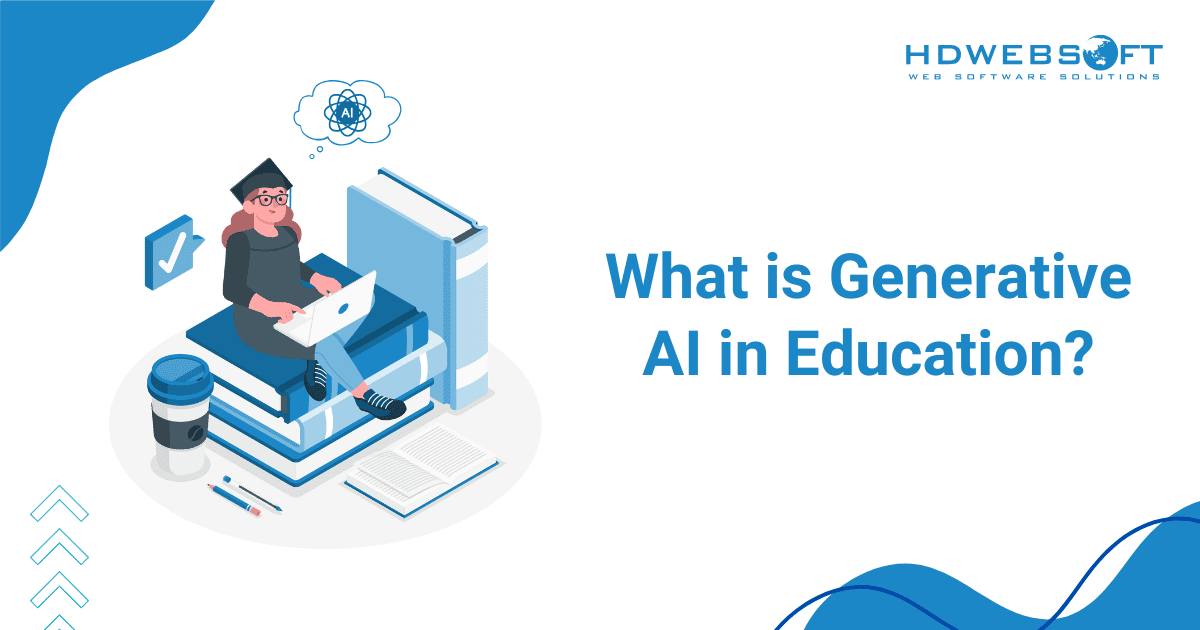
GenAI refers to advanced machine learning models capable of creating content such as text, images, videos, and even software code. In the educational domain, this technology is gaining traction for its ability to transform traditional teaching and learning processes. Specifically, it is being leveraged to develop personalized learning experiences that cater to individual student needs, as well as to generate high-quality curriculum materials. Moreover, it assists educators in managing administrative tasks more efficiently, thereby enhancing overall productivity and effectiveness.
With its capacity to analyze vast datasets in real time, generative AI in education offers significant benefits. For instance, it enables institutions to identify learning patterns effectively. Additionally, it helps assess student performance accurately and allows for dynamically adapting educational strategies to meet diverse student needs. The integration of generative AI in education not only optimizes operations but also introduces innovative teaching methods. Ultimately, learning is more engaging and effective with the help of AI.
The market for GenAI in education is experiencing rapid growth. According to recent estimates, the global education AI market was valued at $18.924 billion in 2025. The statistic was driven by increasing demand for personalized learning solutions and advanced teaching tools. This surge underscores the transformative potential of GenAI as it continues to redefine the way education is delivered and consumed.
Benefits of Generative AI in Education
As the education sector embraces technology, generative AI in education emerges as a powerful tool for enhancing learning and teaching. It can assist in developing academic materials and tailoring experiences for students, providing efficient, creative, and transformative solutions. Let’s take a look at some of the significant advantages this cutting-edge technology offers to the educational field.
Streamlining the Creation of Academic Content
GenAI is revolutionizing the way educational materials are developed. It can produce high-quality content like lesson plans, quizzes, and even entire textbooks within a fraction of the time it traditionally takes. By automating these labor-intensive tasks, educators can focus on their core mission: teaching and inspiring students.
Additionally, AI tools enable the customization of content to meet diverse classroom needs. For instance, they can generate materials for different learning levels or provide multilingual resources, ensuring inclusivity. This capability is particularly valuable in global classrooms, where varying languages and educational standards are often a challenge.
Customizing Learning Experiences for Every Student
One of the most remarkable advantages of generative AI in education is its ability to tailor learning experiences to individuals. Through data analysis, artificial intelligence identifies a student’s strengths, weaknesses, and learning preferences. It then adapts lessons and assignments accordingly, ensuring each learner receives a personalized educational experience.
For example, if a student struggles with math, generative AI can provide additional practice problems at the right difficulty level. Conversely, for advanced learners, it can offer challenging material to maintain their engagement. This personalized approach helps students stay motivated and achieve their full potential.
Boosting Engagement Through Creative Solutions
Learning is most effective when it is engaging, and AI in education excels at fostering creativity. AI-powered tools can create immersive simulations, interactive quizzes, audio lectures, and gamified learning experiences that captivate students. These dynamic methods not only make learning enjoyable but also improve information retention.
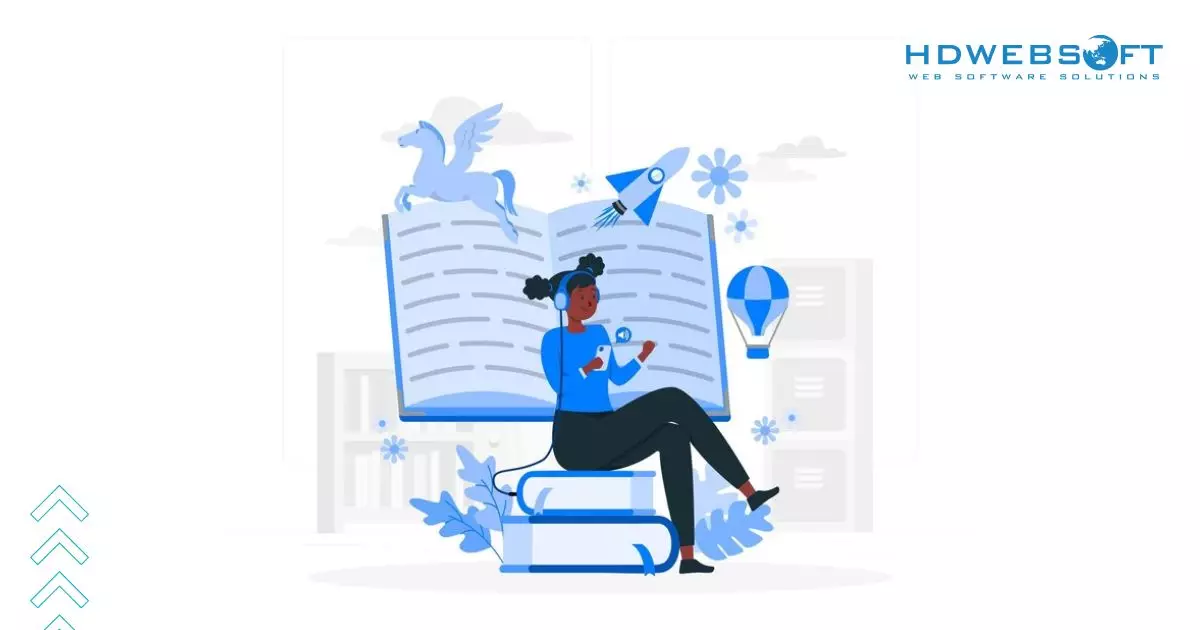
Generative AI in education can help create suitable learning experiences for each student.
For instance, AI can design a virtual lab for science experiments, allowing students to explore concepts hands-on without physical limitations. Similarly, language learners can practice with generative AI in education-driven conversational agents, enhancing their skills in a fun and interactive manner. By introducing creativity into the classroom, GenAI helps transform passive learners into active participants.
Offering Instant Feedback and Adaptive Learning
Timely feedback is crucial for effective learning. Generative AI provides immediate evaluations of assignments, quizzes, and essays, giving students clear insights into their performance. This instant feedback enables learners to identify areas for improvement and address them without delay.
Beyond feedback, AI systems can adapt lessons in real time based on student performance. For example, if a student demonstrates mastery of a topic, the system may introduce more advanced concepts. On the other hand, if challenges are detected, it can provide additional resources or alternative explanations. This adaptive learning approach ensures that no student is left behind.
Empowering Teachers to Enhance Their Skills
While much focus is placed on student benefits, generative AI in education also plays a significant role in supporting teachers. AI tools can analyze teaching methods and classroom data to provide insights that help educators refine their strategies. Namely, it can identify which instructional techniques yield the best outcomes or highlight areas where additional training might be beneficial.
Moreover, AI-powered platforms offer professional development resources, such as virtual training sessions or peer collaboration tools. These features empower teachers to grow their expertise while staying current with the latest educational trends and technologies. By boosting teacher performance, generative AI indirectly elevates the overall quality of education.

As we learn from the pandemic period, it’s essential for teachers to learn how to work with generative AI in education tools.
10 GenAI Use Cases in Education
While technologies have been adopted in education, generative AI has yet to be effectively implemented in this field. Let’s dive into ten impactful use cases that illustrate its capabilities.
Personalized Lessons
Tailored lesson plans are an impactful method to provide students with an education that aligns closely with their unique needs and interests. By utilizing generative AI in education, these plans can be crafted through the analysis of various student data points, including:
- Previous academic performance
- Existing skill sets
- Feedback provided on learning materials
AI-driven systems use this information to create personalized curricula designed to capture individual engagement and foster student growth. Particularly, this approach is valuable for supporting children with learning disabilities or challenges.
Course Design
Creating a comprehensive and engaging course requires significant effort, but GenAI solution simplifies this process. It can analyze existing curricula, identify gaps, and suggest improvements.
In addition, AI tools assist in designing modular courses that adapt to different educational standards and learning levels. For instance, educators can use generative AI to build a course structure effectively. To make it more impactful, this structure can incorporate multimedia elements like videos. What’s more, interactive exercises can be included, thereby making learning more dynamic and engaging.
Check out our case study: Interactive Baby Games.
Content Creation for Courses
The ability of generative AI in education to produce high-quality educational materials is unparalleled. Teachers can use it to create quizzes, assignments, study guides, and even entire textbooks in a fraction of the time.
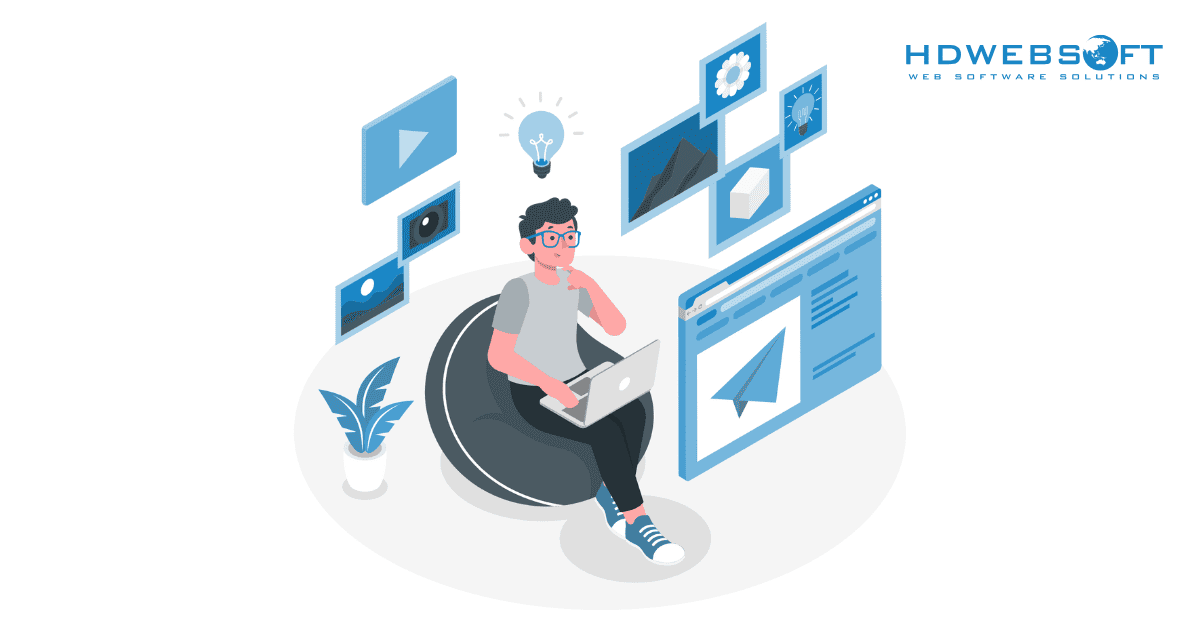
Creating content for courses has never been easier with the help of generative AI in education.
Furthermore, educative AI can assist in creating supplementary resources to enhance primary course materials, including:
- Recommended reading lists
- Study guides
- Thought-provoking discussion questions
- Flashcards
- Concise summaries
These materials can be customized for specific topics, grade levels, or learning objectives, saving educators countless hours. Meanwhile, they make sure that the content remains relevant, practical, and effective.
Data Privacy Protection for Analytical Models
As educational institutions adopt AI-driven analytical models to improve learning outcomes, protecting student data becomes a top priority. A data breach or hacking incident could expose sensitive personal information about school-age children.
AI can help solve this problem through synthetic data, fake data created by AI models trained on real information. This synthetic data protects students’ privacy by keeping their personal details anonymous. At the same time, it’s still useful for teaching other AI systems, making it a secure and practical tool for cybersecurity in education.
Restoring Old Learning Materials
Also, generative AI in education has the power to breathe new life into outdated or damaged educational resources. By analyzing scanned copies of old textbooks, lecture notes, or research papers, AI can enhance outdated or low-quality learning resources, including historical documents, photographs, and films. This process not only preserves valuable knowledge but also makes it available to a wider audience through digital platforms.
Plus, this modernization facilitates better readability, analysis, and comprehension, enabling students to engage more deeply with the content. Ultimately, this leads to improved learning experiences and outcomes.
Virtual Tutoring
AI-driven virtual tutors are transforming supplemental education by providing students with on-demand, personalized assistance. These tutors can simulate one-on-one interactions, addressing specific questions and explaining complex concepts in real time.
Notably, a study found that 40% of students were performing below grade level in at least one subject at the beginning of the 2024-25 school year.
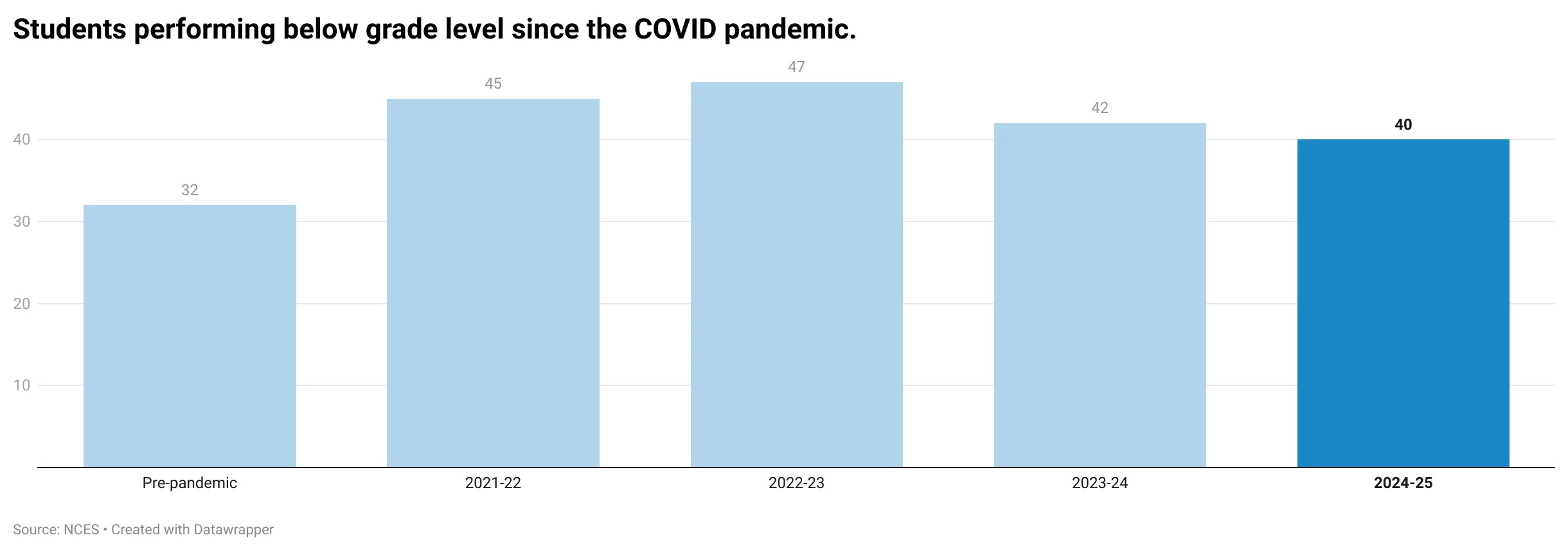
Providing tutoring to all students can be challenging. However, generative AI in education offers a solution by enabling the creation of virtual tutoring environments. In these settings, students can engage with a virtual tutor and receive real-time feedback and assistance. This approach is particularly beneficial for students who lack access to traditional in-person tutoring.
Automated Content Creation
One benefit of Generative AI is that it simplifies the creation of teaching aids by automating repetitive tasks. Whether it’s drafting weekly lesson plans, generating test questions, or creating progress reports, AI handles these time-consuming tasks efficiently. This automation allows educators to focus more on student interaction and less on administrative duties. By then, the overall learning experience will be enhanced.
Enhancing Soft Skills
Artificial intelligence tools encourage students to think creatively and critically. For example, AI can simulate real-world scenarios where students solve problems, analyze data, or make decisions. These exercises not only build critical thinking skills but also prepare learners for challenges beyond the classroom.
Additionally, creative assignments like designing virtual art galleries or generating unique storylines foster a deeper engagement with the subject matter.
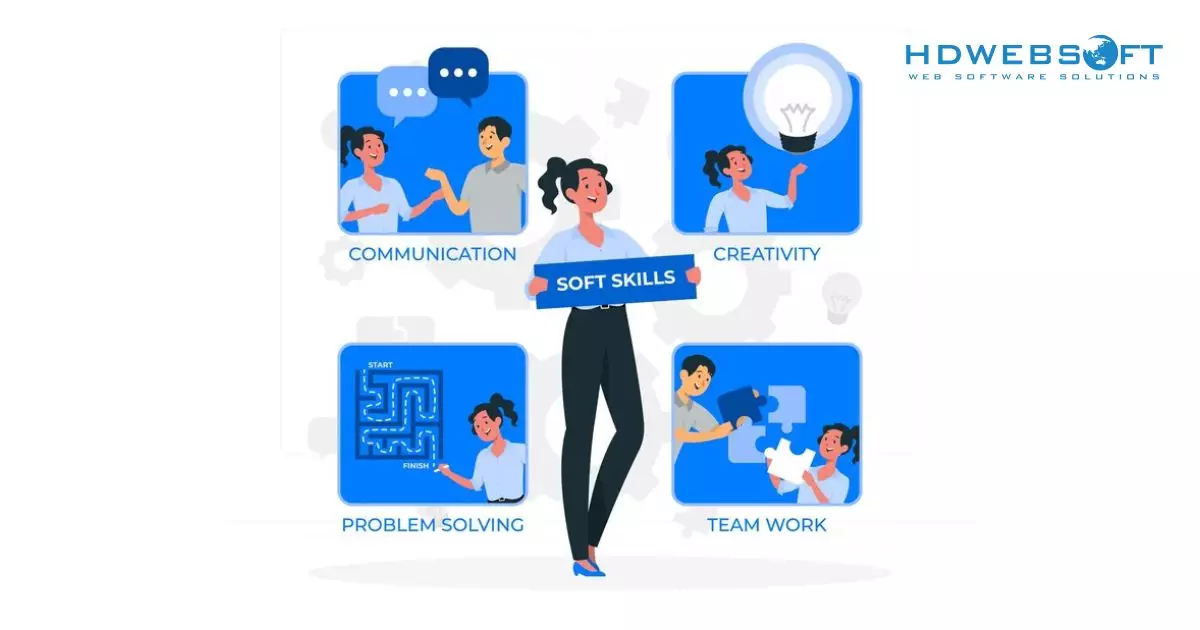
Generative AI in education doesn’t actually make students lazy. As a matter of fact, it helps them develop necessary soft skills.
Language Learning and Communication
Learning a new language can be daunting, but generative AI in education makes it more interactive and enjoyable. AI-powered language tools provide real-time feedback on pronunciation, grammar, and vocabulary usage.
Also, they simulate conversations with native speakers, allowing students to practice and gain confidence. This technology is particularly beneficial for learners in non-native environments, helping bridge communication gaps effectively.
Gamified Learning Experiences
Gamification has proven to boost student engagement, and generative AI takes it to the next level. By creating interactive and immersive games tailored to specific learning goals, AI transforms education into an exciting adventure.
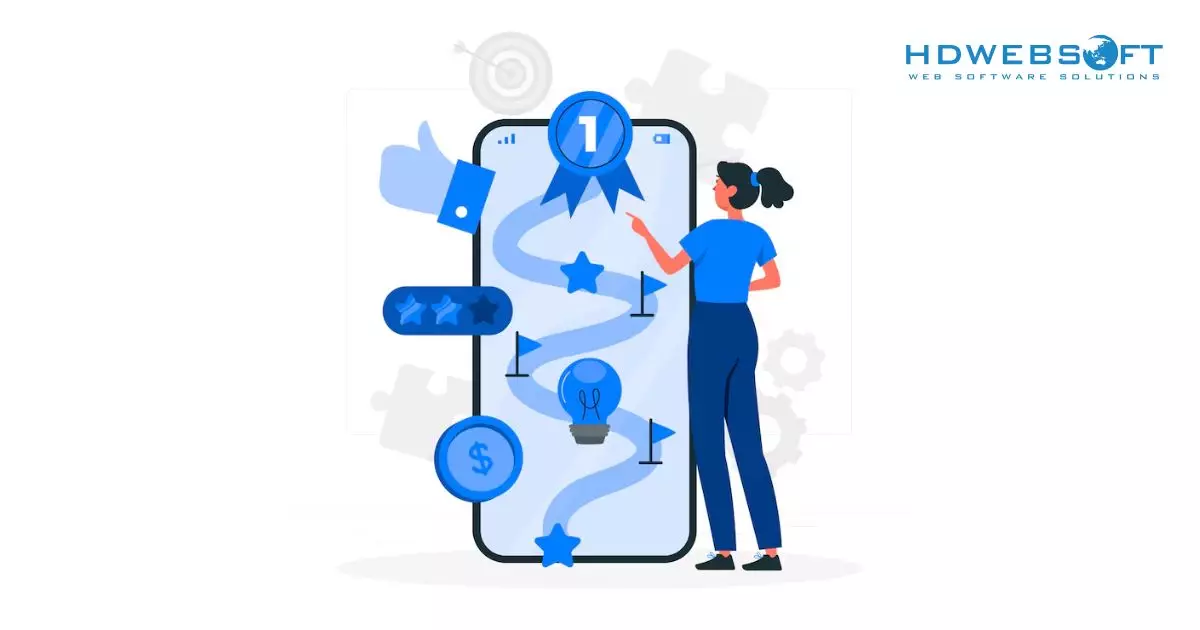
Every point of knowledge becomes an exciting journey with generative AI in education.
In particular, history lessons can turn into virtual time-travel games where students interact with historical figures. All the while, math concepts can be learned through puzzle-solving adventures. Owing to AI, these gamified experiences make learning enjoyable and memorable.
Negatives of Artificial Intelligence in Education
While generative AI in education holds immense promise, it is essential to address its potential drawbacks. As much as this technology enhances learning, it also presents challenges that educators and institutions must navigate carefully.
Academic Integrity
One of the primary concerns is the potential erosion of academic integrity. Generative AI can effortlessly produce essays, solve complex math problems, and even create code. Therefore, it raised the likelihood of students submitting AI-generated work as their own.
This challenge poses significant challenges for educators trying to assess genuine learning and understanding. Although AI detection tools exist, they are not foolproof and often struggle to distinguish between original work and AI-assisted submissions.
Inherent Bias in Generative AI Solutions
Another critical issue is the presence of inherent biases in AI-generated content. Artificial intelligence systems rely heavily on the data they are trained on. And if that data reflects societal biases, the generative AI in education will likely replicate and amplify them.
For example, a biased dataset might lead to gendered or culturally insensitive educational materials, inadvertently reinforcing stereotypes. Ensuring fairness and inclusivity in AI solutions remains a complex challenge for developers and educators alike.
Training AI Tools Is Expensive
The adoption of AI in education is not without significant financial implications. Developing, training, and maintaining AI systems require substantial investments in infrastructure, expertise, and resources. That’s why smaller institutions or those in underfunded regions may find it challenging to access these tools. Thus, it creates a gap in technological equity.
Furthermore, the costs associated with regular updates and scalability can strain budgets, ultimately making widespread implementation difficult.

Adopting generative AI in education can be quite costly.
Lack of Human Elements in Education
Despite its efficiency, generative AI lacks the human touch that is central to meaningful education. Teachers provide empathy, encouragement, and adaptability: the qualities that generative AI in education systems cannot replicate.
For instance, a teacher can recognize non-verbal cues of confusion or frustration in a student and adjust their approach accordingly. It’s certainly something an artificial intelligence tool might overlook. Hence, over-reliance on AI could lead to a more mechanical learning environment, diminishing the emotional and social aspects of education.
Challenges in Scalability
While GenAI solutions offer personalized experiences, scaling them across diverse educational settings is a complex task. Variability in curricula, languages, and access to technology makes it difficult to implement a one-size-fits-all approach. Additionally, the need for high-quality, localized training data can hinder scalability, particularly in regions with limited digital resources or diverse linguistic needs.
AI and Plagiarism in Education
The accessibility of generative AI introduces both ethical and practical challenges for educators. According to Turnitin, AI-generated content appears in 10% of submissions from tertiary students.
This ambiguity raises questions about how students are interacting with generative AI in education and the potential long-term impact on their learning experiences. Are they using these tools to enhance understanding and productivity? Or are they primarily using them to bypass traditional academic processes? The answer likely lies somewhere in between, as generative AI offers both opportunities for learning and temptations for misuse.
Moreover, educators are grappling with the practical implications of managing AI use in the classroom. The rise of AI-generated content makes it increasingly difficult to distinguish original student work from machine-assisted submissions. While tools designed to detect AI-generated text are emerging, they often produce false positives or fail to identify more sophisticated outputs. This leaves educators in a precarious position, unsure of how to fairly assess student performance.
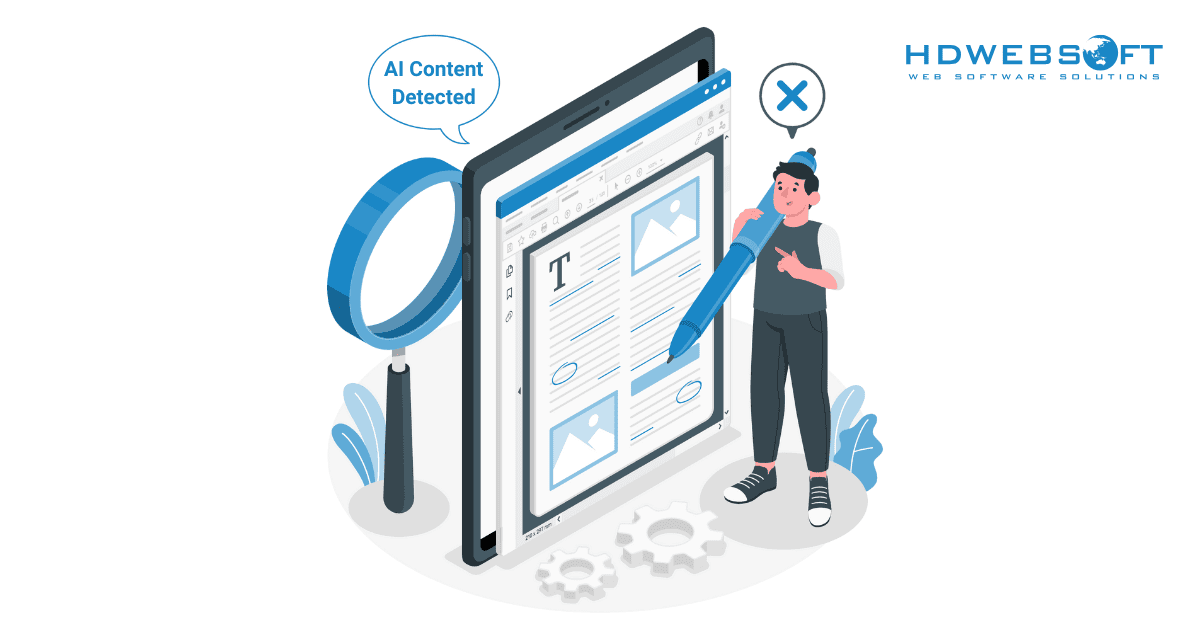
It’s getting harder to identify which is AI content and which is not, even when using AI detection software.
Finally, the integration of AI in education software demands clear guidelines and transparency. Schools and universities must establish policies that define acceptable use and educate students on the ethical implications of AI. This is fairly important to encourage responsible engagement with these technologies. Open dialogue between educators, students, and technology providers is also needed to strike a balance between innovation and integrity.
The Future of GenAI in Education
The future of generative AI in education promises transformative advancements, reshaping how students learn and educators teach. With AI’s ability, education will become more inclusive and engaging. However, challenges are unavoidable and must be tackled to fully realize their potential.
As technology continues to evolve, collaboration among educators, policymakers, and developers will be essential to strike a balance between innovation and ethics. Ultimately, integrating GenAI into education software is set to complement, not replace, the human elements that define meaningful education. If you’re looking for an AI development partner to do the job, don’t hesitate to reach out to us.




